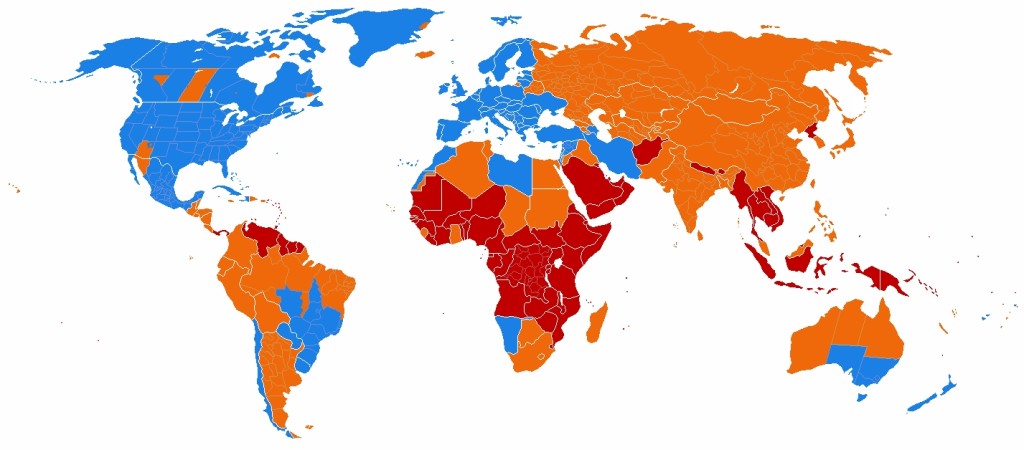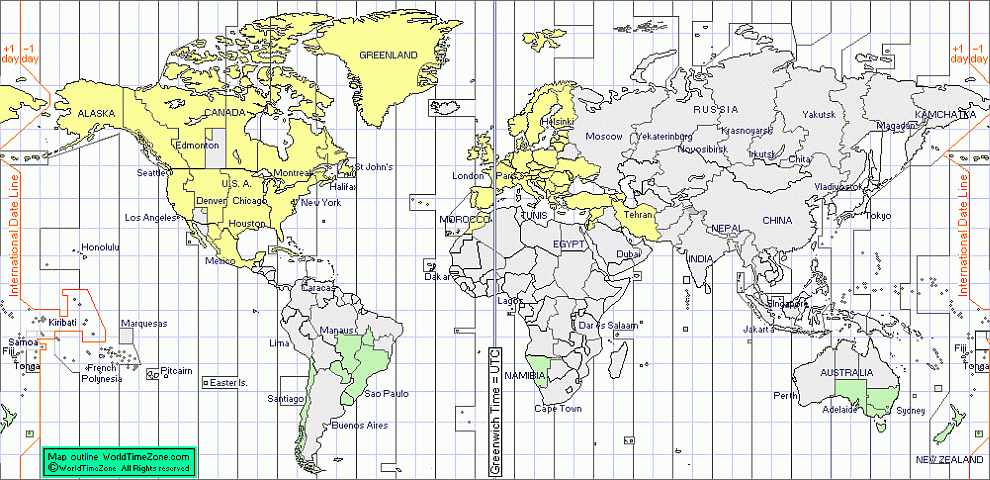Many countries, and sometimes just certain regions of countries, adopt daylight saving time (also known as “Summer Time”) during part of the year. This typically involves advancing clocks by an hour near the start of spring and adjusting back in autumn (“spring” forward, “fall” back).
Modern DST was first proposed in 1907 and was in widespread use in 1916 as a wartime measure aimed at conserving coal. Despite the controversy, many countries have used it off and on since then; details vary by location and change occasionally.
Legal time refers to the standardized time that is used as a basis for legal matters and official documents. In most jurisdictions, legal time is based on Coordinated Universal Time (UTC), a precise time standard used as a basis for civil time around the World. In some cases, legal time may also be based on local time, which is the time based on the time zone for a particular location. Legal time is often used to determine the timing of events, deadlines, and other important matters in the legal system.
Most countries around the equator do not observe daylight saving time since the seasonal difference in sunlight is minimal.
Use the following link to download Daylight Saving Time (DST) Start dates and UTC Start dates for the counties of the World.
- Legal-time-2013 – PDF file.
Daylight Saving World Subdivisions on the map




Countries and territories are operating Daylight Saving Time 2013/2014 (Corrected on January 2013).
Economic effects
Retailers, sporting goods makers, and other businesses benefit from extra afternoon sunlight, which induces customers to shop and participate in outdoor afternoon sports. In 1984, Fortune magazine estimated that a seven-week extension of DST would yield an additional $30 million for 7-Eleven stores. The National Golf Foundation estimated the extension would increase golf industry revenues from $200 million to $300 million. A 1999 study estimated that DST increases the revenue of the European Union’s leisure sector by about 3%.
Conversely, DST can adversely affect farmers and others whose hours are set by the sun, and they have traditionally opposed the practice, although farmers are now often neutral or in favor of DST. Farmers used to oppose DST because grain is best harvested after dew evaporates, so their labor is less valuable when field hands arrive and leave earlier in summer. Dairy farmers are another group who complain of the change as their cows are sensitive to the timing of milking, so when their deliveries need to be made earlier, their systems are disrupted. However, technological and social changes have moderated their earlier opposition to the practice. Today some farmer’s groups are even in favor of DST.
DST also hurts prime-time broadcast ratings, drive-ins, and other theaters.
Changing clocks and DST rules has a direct economic cost, entailing extra work to support remote meetings, computer applications, and the like. For example, a 2007 North American rule change cost an estimated $500 million to $1 billion. Although it has been argued that clock shifts correlate with decreased economic efficiency and that in 2000 the daylight-saving effect implied an estimated one-day loss of $31 billion on US stock exchanges, the estimated numbers depend on the methodology, and the results have been disputed.